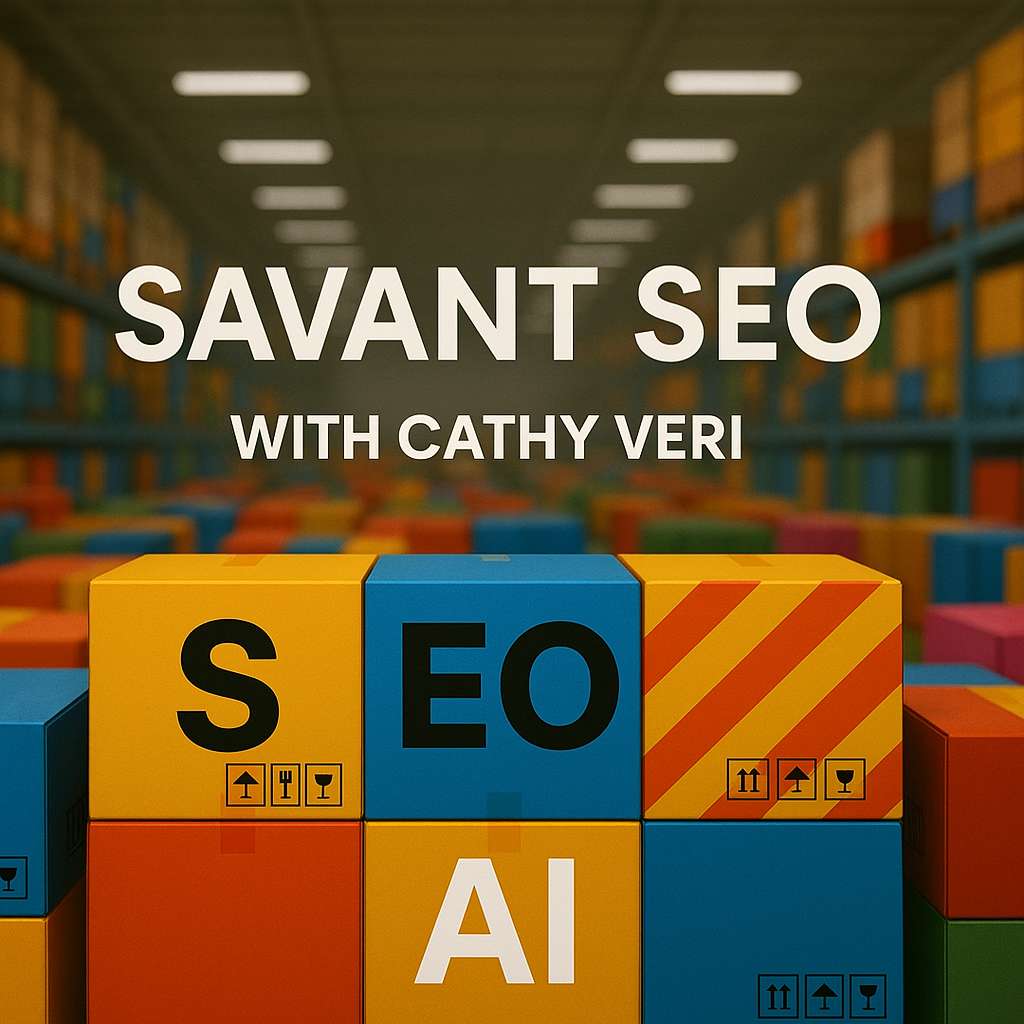Communicating with your Millennial employees
by Mary Jawgiel
 One of the biggest areas where Boomers and Millennials clash in the workplace is communications. Millennials and Boomers do not use the same language. Although both generations speak “English,” it’s not quite the same dialect.
One of the biggest areas where Boomers and Millennials clash in the workplace is communications. Millennials and Boomers do not use the same language. Although both generations speak “English,” it’s not quite the same dialect.
Your Millennial employee doesn’t get “corporate speak” in the same way we don’t get their shorthand. They don’t read long paragraphs or copy with a lot of words. A perfect example arose during ICP’s recent Steering Committee Retreat. There were three Millennial Advisory Council members (all under 30 years old) in attendance. The Committee was reviewing suggested messaging to explain industrial distribution to our target audience of 16-24 year olds. To paraphrase this group of younger members – no young person is going to read that corporate speak. Change it to our language – short and to the point.
Boomers grew up with pen and paper and are used to writing lengthy communications. You fellow Boomers probably remember the old school assignments, “Your paper needs to be at least 1,000 words long and cite three different sources.” Well, the Millennials who are filling the ranks of your companies didn’t share those experiences. They grew up with instant messaging, Twitter and texting.
Millennials use an ever-changing set of abbreviations for phrases, and some, like “LOL,” “OMG” and “BTW” have infiltrated the dictionary and now are cropping up in business writing. And, just when you think you’ve gotten the meanings, they come up with something new. BTW, there is a website that will help those of us in the older generations decipher the newest Millennial codes: http://www.webopedia.com/quick_ref/textmessageabbreviations.asp.
This generational divide in communications also has an impact on how people view and learn about the world. Unlike Boomers, who tend to rely on authoritative sources like books and newspapers for information, Millennials tend to believe new media sources and their own peer networks are more accurate and timely. A newspaper, printed the day before, is old news to a plugged-in Millennial with access to real-time information.
Millennials want their verbal communication fast and to the point. Have you ever left a voice mail detailing exactly what you need from a Millennial only to have them call you back and say something like “Saw you called, what is it you want?” Take a deep breath; they are probably not going to change.
That’s another thing about Millennial communications—they are rather blunt. They will speak their mind to you, regardless of your status. If they think something in your company is not right, they will tell you, even if you are their boss or the CEO. “Those procedures you gave me to use to enter in client information to the database are confusing. They need to be trimmed down.”
Yet, they are here to stay and they’ll someday become the future managers and owners of your companies. So, we need to do our best to integrate what is good about their style with what works in the corporate world and help them to better understand workplace communications.
Here are some things you can do to help:
- Show respect for their communication style. Neither style is right or wrong. The whole idea of communicating is to make sure the other person understands what you are trying to get across either in writing or verbally.
- Millennials are more visual than older generations. A good way to help them get the point is with some type of visual representation whenever possible.
- Make sure you build in face-to-face communication time with your Millennials. This is not something they are used to, however, it is the building block of business relationships and very important to their future and to your customers.
- Don’t ask a Millennial how old they are or tell them they are just like your kids. In the office they are your colleagues and you need to treat them with respect and demand the same respect back from them.
- Millennials are always asking why, and this can be frustrating, but take the time to give them the answers they are looking for, even if it is frustrating—it will pay dividends in the long run.
- If a Millennial’s need for instantaneous response starts to frustrate you, remember they bring creative energy and idealism to the workplace and those are important qualities for an organization’s growth. But, make sure you set ground rules or they will interrupt you in meetings to get a response.
Communication, both internal and external, is vitally important to an organization. Make sure you find ways to help your Millennial understand the language of business and how it is different from their social communications.
 Mary Jawgiel is ICP program director for the PTDA Foundation and manages the ICP Job Board at http://jobs.idcareers.org. Mary’s life-long passion has been working with young people. Industrial Careers Pathway (ICP) is a cross-industry initiative supported by American Supply Association (ASA), the Industrial Supply Association’s (ISA) Education Foundation, National Association of Electrical Distributors (NAED), NAHAD–the Association for Hose and Accessories Distribution, NIBA-The Belting Association and the PTDA Foundation. For more insights on recruiting, hiring and training Millennials in the distribution industry subscribe to the ICP Talent Tipsheet at www.industrialcareerspathway.org/tipsheet.
Mary Jawgiel is ICP program director for the PTDA Foundation and manages the ICP Job Board at http://jobs.idcareers.org. Mary’s life-long passion has been working with young people. Industrial Careers Pathway (ICP) is a cross-industry initiative supported by American Supply Association (ASA), the Industrial Supply Association’s (ISA) Education Foundation, National Association of Electrical Distributors (NAED), NAHAD–the Association for Hose and Accessories Distribution, NIBA-The Belting Association and the PTDA Foundation. For more insights on recruiting, hiring and training Millennials in the distribution industry subscribe to the ICP Talent Tipsheet at www.industrialcareerspathway.org/tipsheet.
This article originally appeared in the Nov./Dec. 2014 issue of Industrial Supply magazine. Copyright 2014, Direct Business Media.














